Growing Food in the Wrong Season Can Affect the Taste
Did you know that growing food in the wrong season can affect the taste? Vegetables grown in their optimum season always taste better.
Growing your own food is a wonderful way to achieve better health, soak up more nutrients and enjoy better tasting produce than what’s on the shelves at your local grocery store.
If you’ve ever been to a farmer’s market in your area and compared the taste of those foods to the waxy ones at your local chain grocery store, you’ve probably noticed a difference in the quality of taste and flavor.
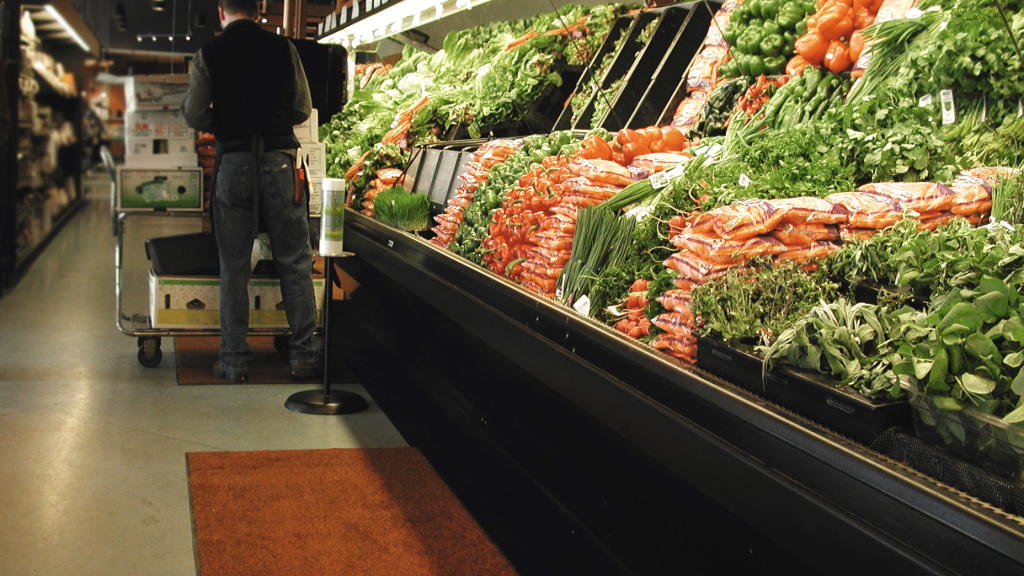
Farmers Plant Vegetables by Season
That’s because the farmer’s market has what’s in season for you. Some foods sitting at the store are there even though the food isn’t actually at its seasonal peak. Many grocery chains transport food and ensure they’ll be preserved on the shelves as long as possible.
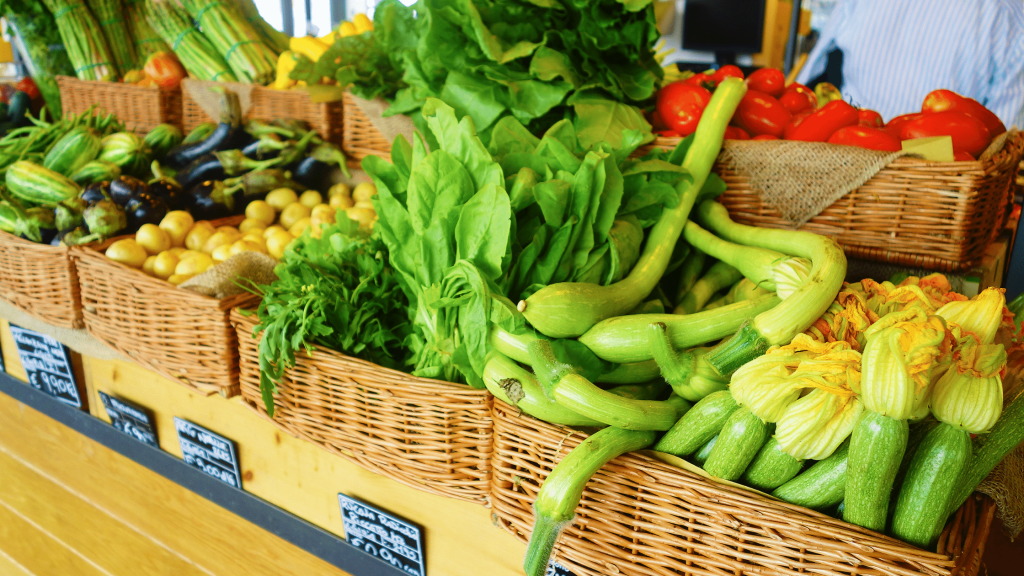
Food in the Wrong Season Affects the Taste
The taste might be bland at best. When you’re growing your own vegetables and fruits, you’ll ensure maximum flavor by growing the plants in the right season. Instead of having to pick the produce early in order to get it to shelves on time, you’ll be able to harvest it naturally on the vine so that it produces the most flavor possible.
The focus on taste is only half the benefits of growing in season. In season produce is also more healthy for you because it becomes more packed with nutrients. Buying or growing local in season produce is also better for the environment because it reduces the carbon footprint needed to transport the harvest.
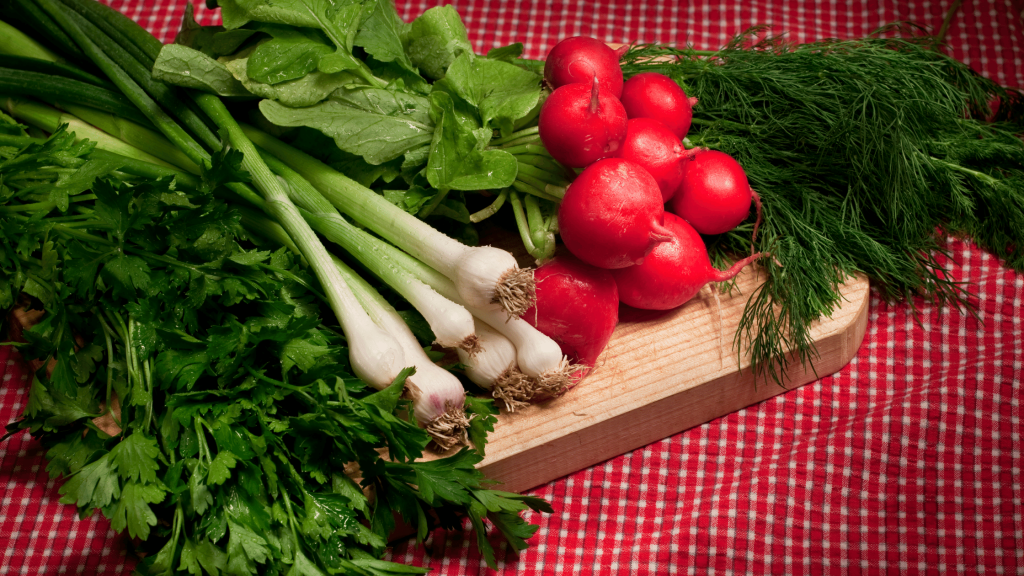
Vegetables to Plant by Season
Plus, when you buy seasonal produce, it’s cheaper. Growing your own food, you’ll be saving on the cost of the food plants anyway, but it’s still a perk to eating seasonal produce.
Look at your growing zone to see whatís in season at the time you want to grow your garden. In the springtime, you might want to grow your leafy greens, garlic, radishes and peas.
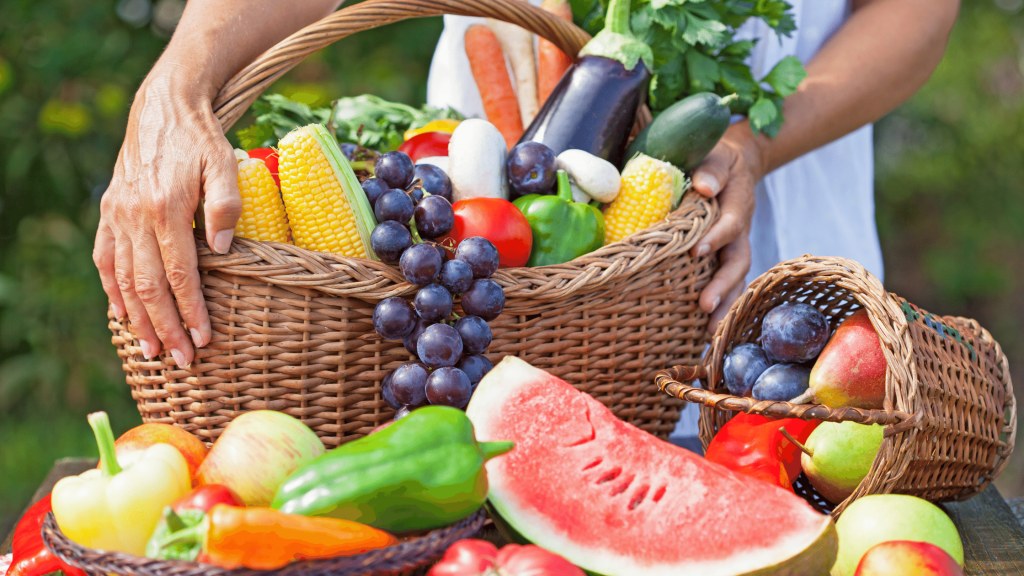
Summertime Fruits and Vegetables
Summertime is perfect for fruits like peaches, watermelon, berries and vegetables like eggplants, cucumbers, and tomatoes, which will redden and ripen on the vine for maximum flavor.
In the fall, try to grow and harvest things like apples, pumpkins, broccoli and carrots. Then in the winter, use this time to get Brussels sprouts, turnips, cabbage and winter squash on your plate
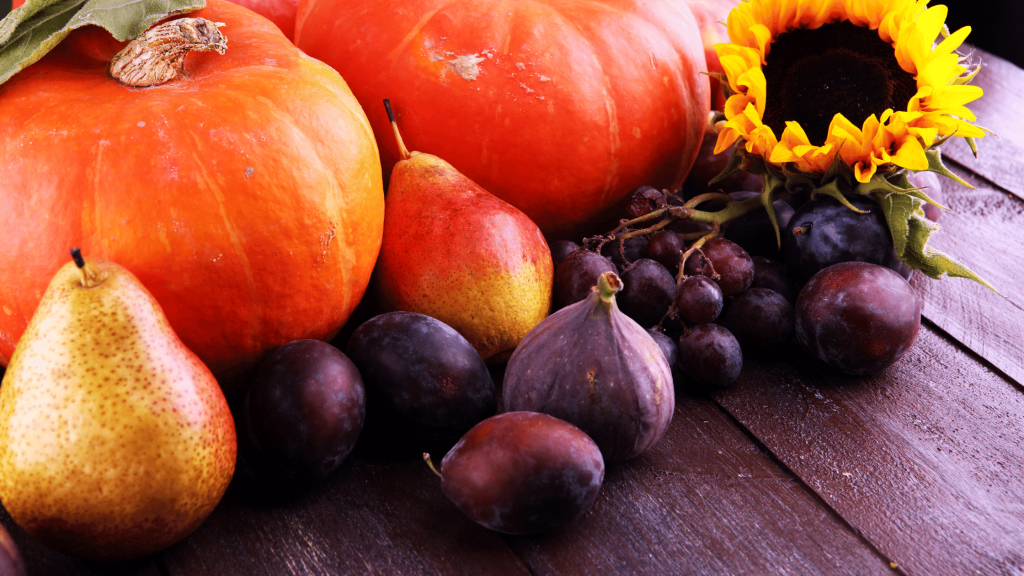
Try Planting Vegetables by Season
Give it a try in your garden and see how big of a difference it makes when you pick a juicy, plump blackberry off the vine in the summer versus when you have one from the store in the winter.



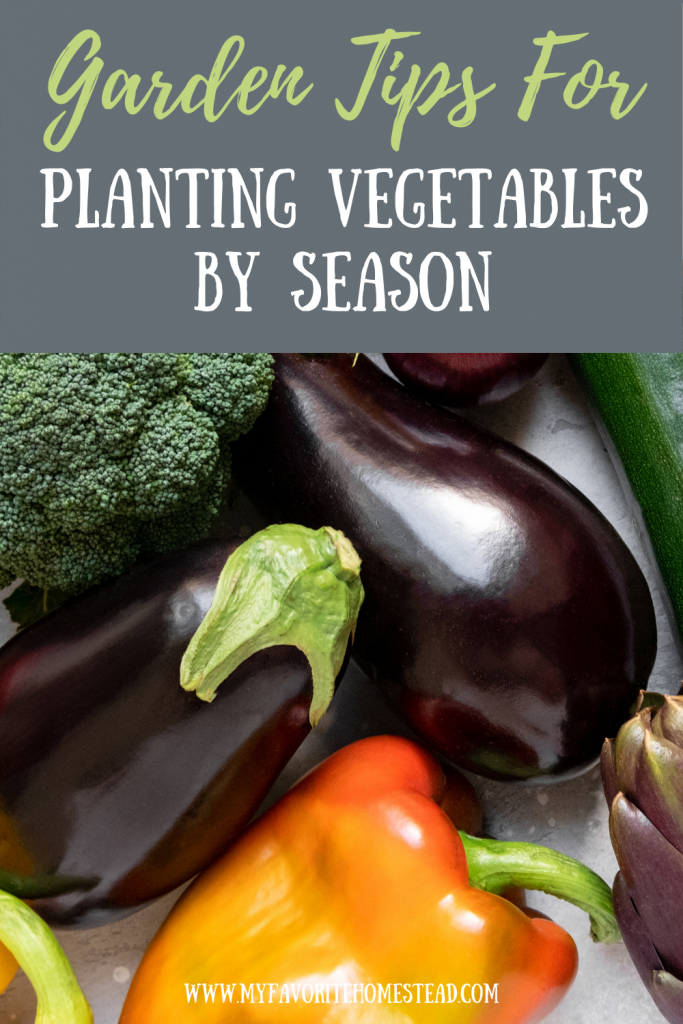




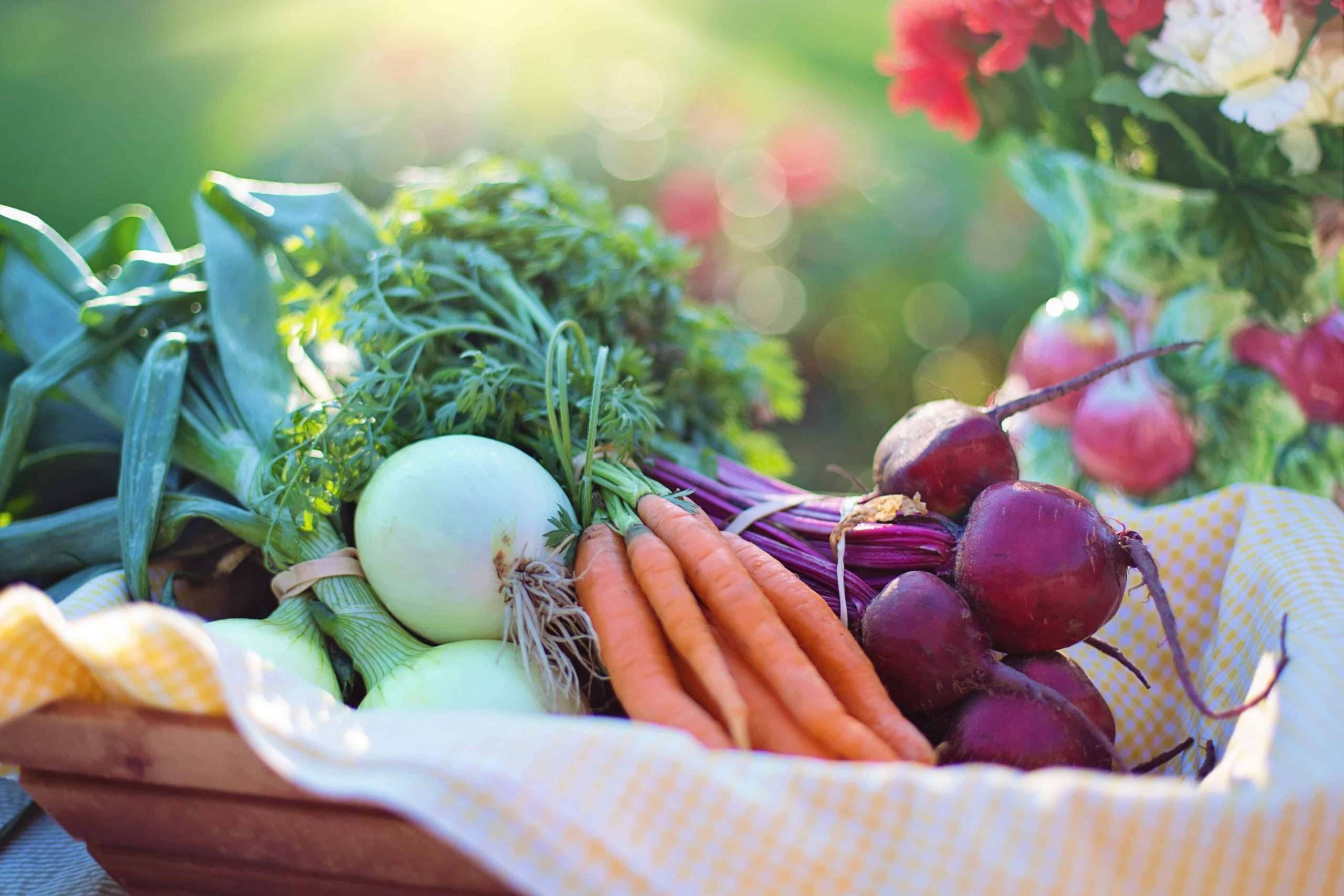


I live in Charlotte NC and I planted cabbage in the fall, they did not do anything untill now. They’re still in the ground and look beautiful and just now they have this little head the size of a tomato.
What happened???
Some cabbage varieties are more of a “loose leaf” rather than the tight heads you see in the store. Make sure the variety is supposed to produce tight heads. I don’t know if you had a really cold snap there 2-3 months after planting? It could have stressed the plants. Good news, if the plants are healthy looking, they are still edible no matter the final shape!